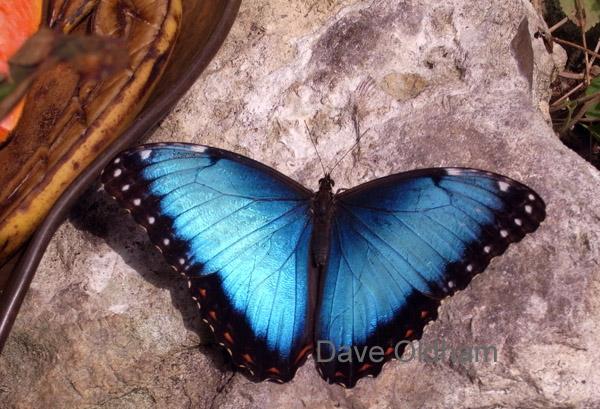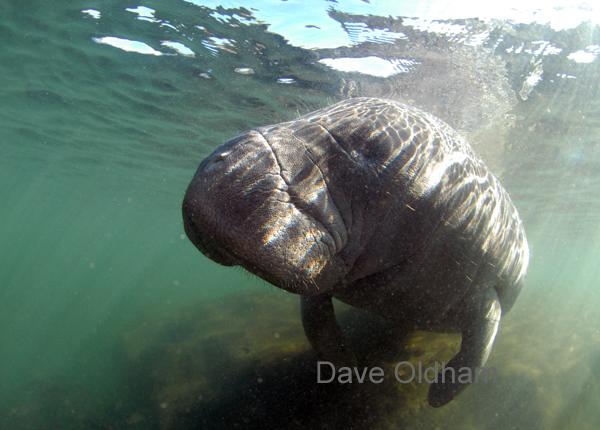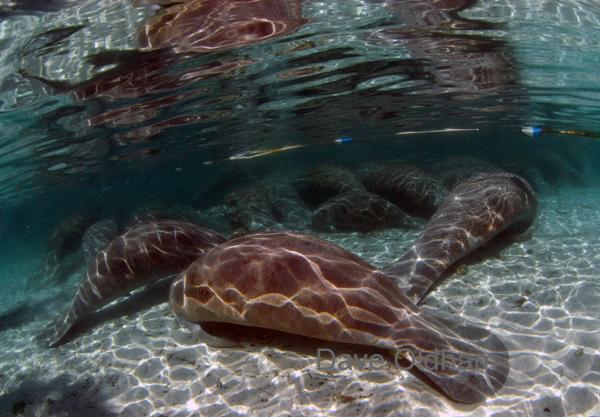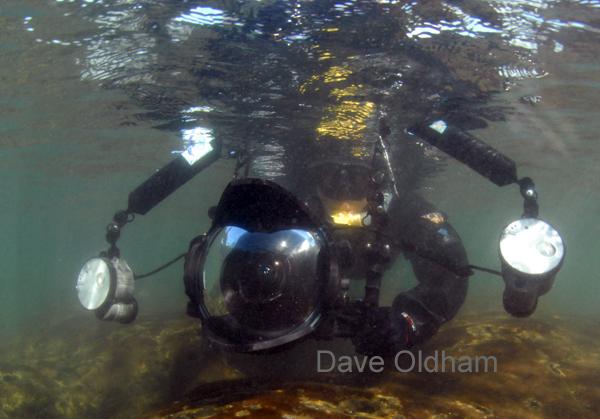I provided a simple answer to this question in a post last winter. Over the past year, this post received a large number of hits, so it’s obviously this is a question that is often asked. Therefore, I wanted to expound on the previous post.
There is no short answer to this question. Ultimately, the limiting factor is either available gas, or environment. The environmental factor here is cold. Water transfers heat 25 times faster than air. Even 80 degree water robs your body of heat. This is why exposure protection is needed. For the rest of this discussion, let’s assume there is sufficient exposure protection for the given water temperature.
Now the time limit is just a function of the available gas. Let’s breakdown the answer based on type of diver.
Free Diving: Here the divers plunge to some amazing depths on one breath of air, and stay for several minutes before returning to the surface. Inflatable Water Slide The limiting factor is the individuals tolerance for low Oxygen, and high CO2. I believe the current record is 124 M unassisted. The maximum duration for static (resting) breath hold is 11 minutes 35 seconds.
Basic Scuba Diving: Here there are two limits: The available gas in the diver’s tanks, and the no decompression limit for the depth. There is a detailed explanation of the factors involved, but an average diver can stay between 60-80 ft for about an hour.
Technical Diving: Divers are limited by the number of tanks they use during the dive. Some exceptional dives have been for over 18 hours. Clearly a great deal of planning is required for these types of dives. More routinely Technical Divers often go to 150-250 ft with durations around 90-120 minutes.
Rebreather Diving: A rebreather (as described here) removes the gas limitation, but imposes a limit on the duration of the scrubber material. Based on the construction of the rebreather, this is usually between 3 and 11 hours. The limiting factor here is the number of tanks a diver is willing to bring in case of rebreather failure.
Commercial Diving: These divers are provided gas from a surface vessel or station. This technique also referred to as surface supplied, does not have a limit on the gas available.
Saturation Diving: In this case the divers body is completely saturated with inert gas. In some cases the divers will utilize a habitat between dives. This provides an area where the diver can warm up, and take food and liquids. In essence there is no limit to the duration that a diver can live in saturation. The down side is the extremely long time needed to decompress.
I hope this helps answer the question. If you have any questions on this subject, send me a comment below.



